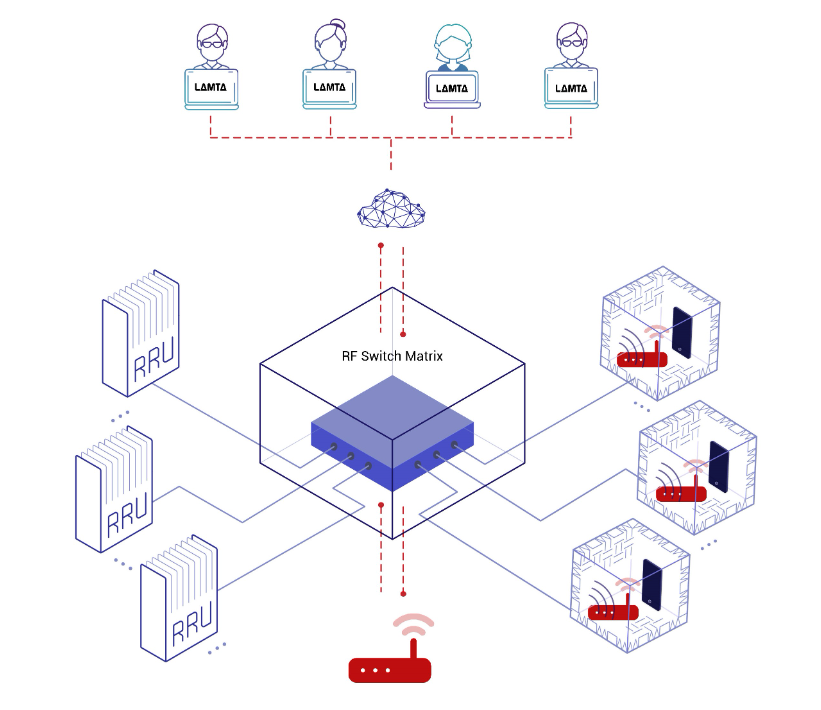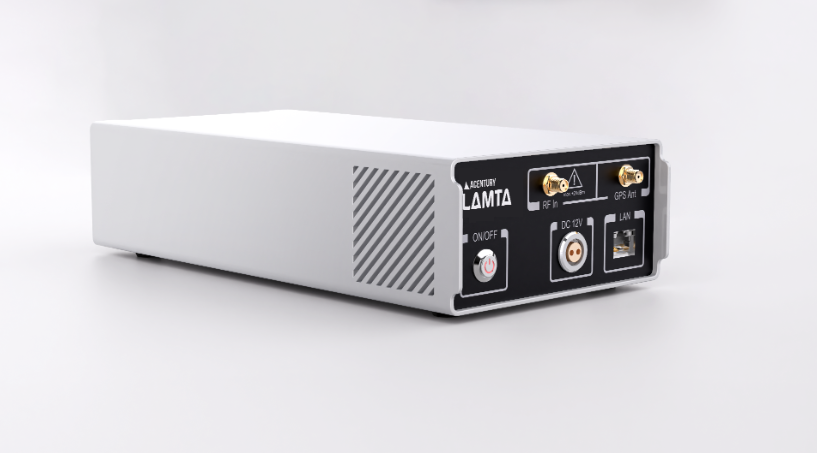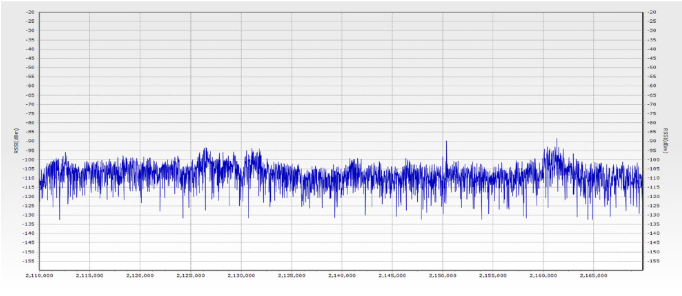Finding and Resolving RF Interference in the RF lab
Anyone who has tried to perform any RF testing will likely be familiar with one of the most common challenges in the RF lab: interference. Unwanted RF signals in the test environment can easily interrupt tests or spoil results. This leads to extra effort and wastes time.
It isn’t always obvious that RF interference is the source of any testing problems. Did the test fail because of interference or some other reason? However, once interference is suspected, identifying it can be time-consuming – is it an RF source from within the test environment or an external signal? What about passive intermodulation? The most common tools for investigating RF interference are spectrum analysers and RF scanning receivers. However, these tools are not necessarily accessible to all testing staff. First, they are expensive pieces of equipment and may not be available when needed. Second, they require skilled resources to set up and use. With much RF testing done by relatively inexperienced or junior staff, this may not always be possible.
A better way
The ideal approach is a monitoring solution that is cost-effective enough to widely deploy, and integrated into the testing toolset that is already familiar to the testers. Such a solution would be accessible to all testers and easy to use and understand.

Fortunately, this solution exists within LAMTA, Acentury’s RF lab orchestration platform. LAMTA’s RF Monitor feature uses the LSR-0360 RF scanning receiver which integrates with the LAMTA system and displays the results through the LAMTA user interface.
Simple, flexible and cost-effective

The LSR-0360 scanning receiver can be used in a variety of ways across the lab. It is cost-effective enough to be installed in every RF testing enclosure for full-time monitoring of the inner RF environment. It’s also portable enough to be moved around as needed and can even be used in the field.
It is also be installed on the lab network so that many LAMTA users can access the same scanner simultaneously. Many scanners can exist within the test environment, and they can all be shared too. The IP address is also configurable for easier installation on internal / corporate networks.
The LAMTA RF Monitor software provides a simple interface to setup and use the LSR-0360 scanner, making it accessible for even basic users. The scan list is configurable so users can look for and decode specific signals, which helps them identify the potential source of interfering signals. Alternatively, it provides a simple spectrum sweep view, with customization of lower and upper frequency band limits.

This provides a fast and easy way to look for RF energy peaks where there shouldn’t be any. Once interference has been identified, steps can be taken to resolve it.
For more information, click here.
To learn more about our LAMTA product, click here
Contact us if you have any further questions by reaching out to us here
Related Articles
Application Note: Handover Testing Made Simple
How to Use Software Control to Automate RAN Testing for Advanced Mobility Scenarios and Log Analysis
Part 2: How CI/CD methodologies can be applied to 5G RAN Testing and Deployment
Have a question or comment?
We'd love to hear it. Fill out our General Inquiry Form or reach us directly at: info@acentury.co
CONTACT US